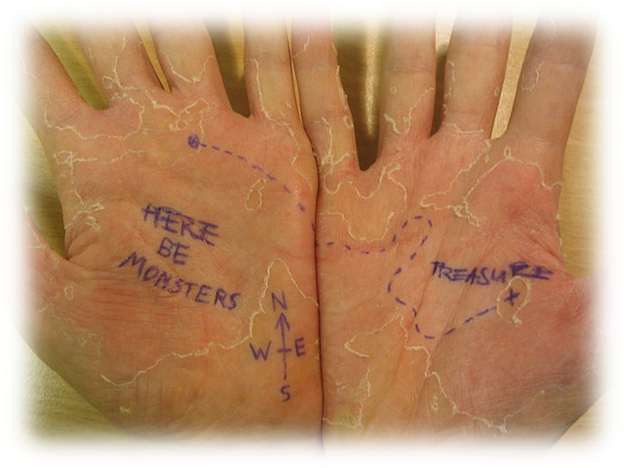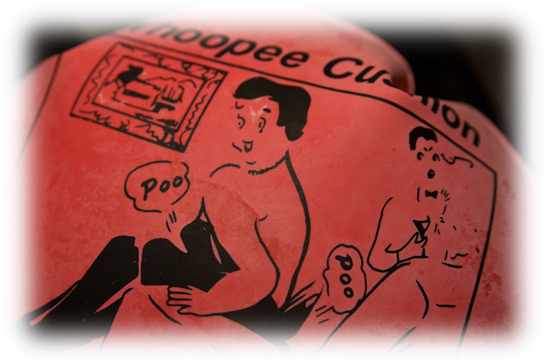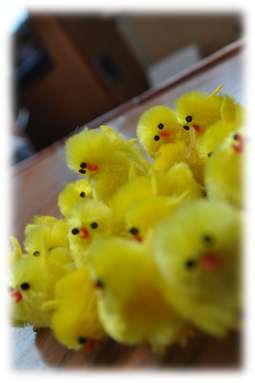Children’s stories are good for the soul
We are all told through the media and parenting magazines that story time is very important and that (depending on which study you read) a minimum of 15-20 minutes a day or reading time is essential to helping our children develop. Other benefits that are perhaps a little less obvious or publicised :
Stories provide a “safe” environment in which to explore strong emotions and situations
Your child lives in a world of unknowns where each day is filled with new learning experiences.
As they grow they are faced not only with the scary world around them, but new social situations as they encounter new friends, lose friends, attend school, learn what criticism is from their peers and learn to speak up for themselves.
It is a constant “trial by error” situation without the maturity or adult skills to deal with these pressures.
Adults get frustrated when they cannot succeed immediately, and we (try to) live by the old adage “if you don’t succeed, try, try again.”
If we adults get frustrated, imagine how your child must be feeling! Children do not have this same adult ability to cope with failure and rejection.
By being aware of this and sharing stories which mirror their experiences, you can help your kids relate to characters they can identify with. They can learn to express their emotions through these characters, and ask questions on how the characters act. Our children can in turn understand how to deal with these turbulant feelings.
Another added benefit to this type of story is that your child learns what is “normal” and that certain negative feelings are “OK” to express and needn’t be hidden.
You can also use the mirror effect in the story to discover your child’s emotions without risk of being humiliated or worse.
Ask your child about the character in the story : “And how do you think Charlie the dog feels?” You may be surprised by the response you get!
Stories deal with the emotions your child is already having, but is struggling to handle or communicate
So you understand that your child is silently worried or fearful in a given situation, but you’re not sure she knows how to deal with or communicate how they’re feeling.

How do you address that?
Children often remain silent, avoiding eye contact and evading direct questions on how they feel. Other children may “play up” or constantly throw tantrums…
Why?The reason is because the child does not know if it is wrong or right to feel this way, and they are afraid they will be humiliated or disciplined for their feelings.
They also have trouble vocalising the fear itself, as this just provokes their anxious uncomfortable feelings. For younger children, they may not even know what the “feeling” is, just that it’s very strong and they don’t like it.
Stories are a great way to personify their fears and worries as “monsters” that can be overcome and even befriended, so that objects of fear or worry can be diminished with patterns of thought and behaviour trained through a character’s reactions.
Stories can be used to avoid tantrums and confrontation while getting your children to behave
As we’ve discovered through this introduction already, our children identify and learn from characters and situations in stories. You can use your story to teach your child what behaviour is acceptable and not acceptable.
It’s bath time.
Your daughter is point blank refusing to get undressed for the bath.
You’re both getting frustrated and you can feel the heat rising in your cheeks as you start to get angry.
“GET IN THE BATH” you bellow at her.
She bursts into tears and runs from the room, buying herself under the duvet on the bed.
You’re cross, she’s upset and she’s STILL not in the bath!
It doesn’t have to be like this!
It’s bath time.
Your daughter is point blank refusing to get undressed for the bath.
Taking a calm breath, you start telling her about little Princess Elizabeth who loved to be filthy dirty…
… A couple of minutes and a short, carefully targeted, story later…
“Quack Quack” says your daughter as she has one of the baby ducks rescuing the other from the foam as they all frolic in the bath…
That is a real-life example of one situation where I was able to swallow my natural frustration and impatience and help us both out with a short story (that she actually asked me to repeat).
A well delivered story can create real and profound behaviour changes in children if crafted and delivered in the right way.
Stories build connection and understanding between you
Children are sponges for love and affection.
They absorb as much as they can and still come back for more.
Storytelling is more than just a story for a child : It’s a physical closeness with their protector and their source of love, as you sit tight beside them on their bed at bedtime.
It is being given that all important attention.
The child is often indecisive at bedtime about which story they want read to them, and usually you will find they will try to pick the longest story they can find, or else keep requesting another and another.
It’s tempting to think that they’re just trying to delay having to go to bed and to sleep. It’s not!
Your amazing, wonderful, loving son or daughter just wants to be with you for as long as possible.
The story itself is less important than your company! So use this time, whether short or long to bond with your child.
Storytelling opens up an opportunity for you to delight all their senses and imagination and leave them with happy thoughts and a warm fuzzy feeling before they curl up to sleep.
We will explore further how to make the best advantage of all your faculties to appeal to all their senses in the next lessons.
Remember, you do this naturally in conversation with your friends, it’s just as easy, if not easier, to do this with your child.
Remember your childhood? You’re in your son or daughter’s!
Can you remember being told a story as a child? Is it something that you look back on with rosy nostalgia like mine from the start of this introduction?
Storytelling is a special type of activity that your child will love, and will become happy memories in your child’s mind that they too will carry forward into their adult life and then on into their children’s (your grandchildren!).
We all want that for our children right??
It is also a great way for you as a parent to enjoy the precious time you have with your child while they are young. Those years seem to fly by and all too soon your child will stop asking for a story, so enjoy the opportunity while you have it.
Enjoy what is to come, put some of the ideas and suggestions from this course into story time with them and I know you’ll all appreciate it.
In Summary
Children’s stories go way beyond the basics of helping develop language and understanding and sit at the core of the family way of life. They enable our kids to explore ideas and feelings, discover ways of communicating their emotions and bring you closer together both physically and emotionally.
Homework for becoming a better storyteller :
- Look out for the deeper meanings in the story you read. Not just the “moral”, but also the environment. Is it humans or animals in the story? Are they in the real world, or a fantasy world? What mechanisms can you spot that keeps the audience safe from the events in the story?
- Be aware of the emotional elements in the story. What are they? How are they communicated? How are they dealt with? One book I read with my daughter is “Happy Birthday, Blue Kangaroo!” which has covers several key emotions including rejection and acceptance and communicates them from two points of view and then goes on to address the feelings very well.
- Easier said than done, next time your son or daughter is throwing a wobbly, have a think about some of the stories you know and see if you can think of one that would be a parallel for the current situation. Not the wobbly, but the emotional reason behind it.
- Think about how your children will remember story time for the rest of their lives and in turn use it as a model for story time with their own kids. Make the most of the time and continue to make story time the best time.
- Enjoy storytime with your children! We want you to become a better storyteller, but if it’s not fun for you, it’s never going to happen, so do what you can, when you can and forgive yourself for not getting it perfect first time.
Previous sections









